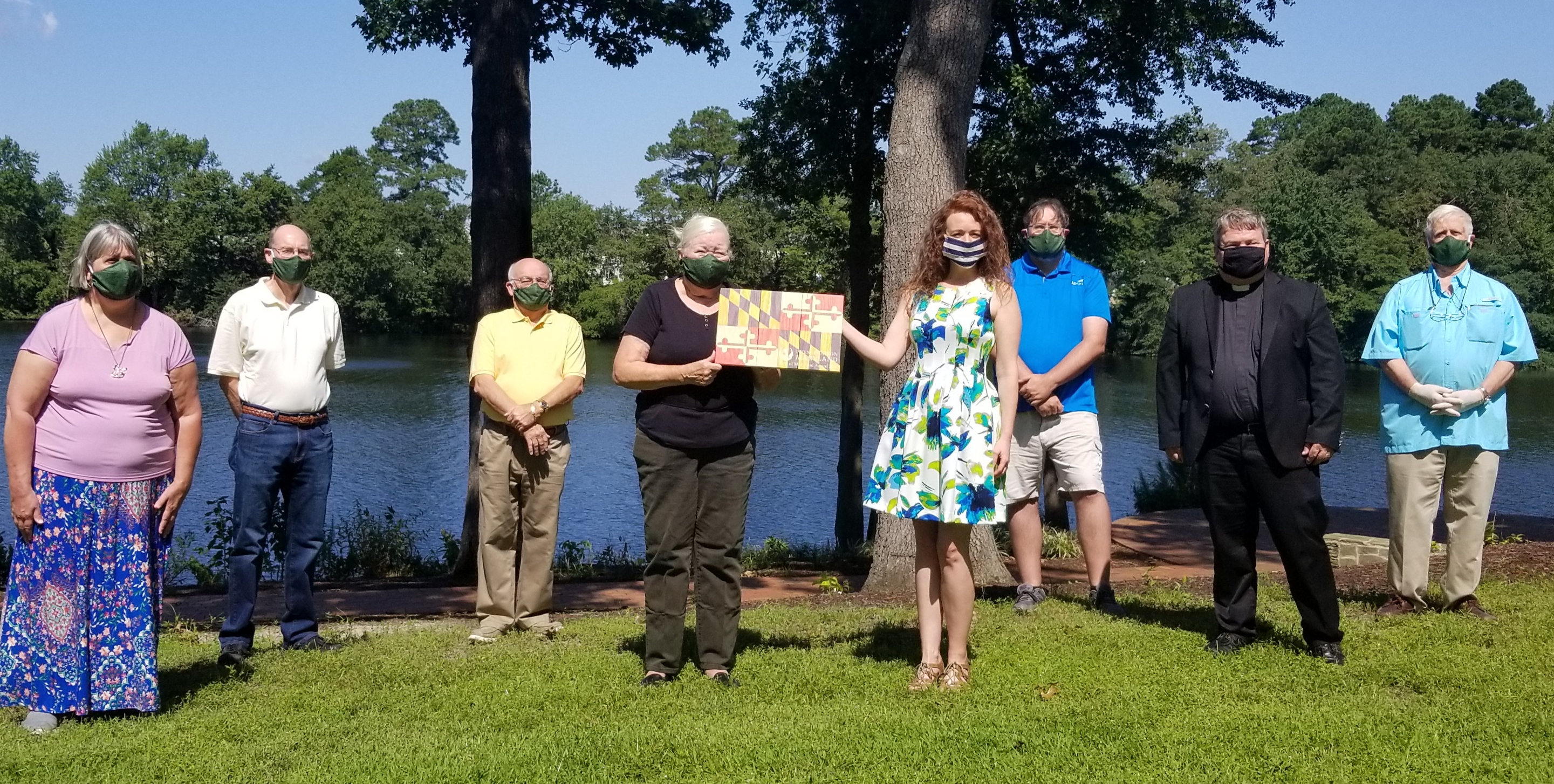SU Partnerships Help Parsons Cemetery Earn Preservation Maryland Award

SALISBURY, MD---Preservation Maryland (PM), the state’s oldest and largest preservation organization, has honored Parsons Cemetery, a Victorian-era cemetery, with a Community Choice Award (CCA) for 21st-century thinking.
This is part of PM’s Best of Maryland Awards 2020, and one of four CCAs in the state this year. It is the first time a cemetery has received such an award. PM’s Meagan Baco said CCAs “are presented to ‘small projects’ with big impact.”
Carol Smith, member of the Parsons Cemetery Advisory Committee and community relations coordinator, said PM "was impressed by Parsons’ use of digital technology and social media to preserve the history of the cemetery and also tell the story of those resting there through Facebook posts and online self-guided walking tours. PM was also complimentary of our community support and our ability to keep the cemetery beautiful."
The committee has been creative and forward thinking in preserving the past. Partnering with Drs. Brent Zaprowski and Stuart Hamilton and their students in Salisbury University’s Geography and Geosciences Department, they used drones and global positioning systems to discover hundreds of unmarked veterans’ graves. Some 1,254 veterans, from as early as the War of 1812, are interred here.
Collaborating with William Wolff and his students in SU’s Art Department, Parson’s fallen trees are being transformed into sculptures. And researching cemetery names through SU’s Edward H. Nabb Research Center for Delmarva History and Culture, once-forgotten stories are being rediscovered and posted on the Parsons Facebook page.
Several of these names are familiar to local, state and even national historians: for example, the founders of the acclaimed Joseph House, Peninsula Regional Medical Center and SU; the first female postmaster of the United States; the first woman under secretary of Healthy Education and Welfare; a legendary 19th century Salisbury fire chief who was buried with his horse; a Maryland governor who played a significant role in rebuilding Salisbury after its last great fire. (His beautiful 15-foot high monument is the only one by Tiffany Studios, NY, known on the Eastern Shore; only two others of this design exist in the U.S.)
The advisory committee has worked diligently and collaboratively to make Parsons come alive. On a recent Sunday, for example, people were jogging its nearly two miles of paths, feeding a family of squirrels nesting in a cluster of shady cedars, ambling the scenic water view walkway, and sitting contemplating the postcard vista and beautiful wildfowl skimming the surface of Johnson’s Pond.
With these visitors, history has come full circle. In the mid-19th century, American cities began building the first modern "garden" cemeteries. "In a country sorely lacking in public green spaces, these cemeteries provided graceful, elegant places," wrote historian Keith Eggener. "They were all around recreational and artistic centers for people. They became seen as major urban amenities." Their success inspired the competition that edged them out — city parks.
As historic cemeteries such as Parsons are rediscovering their original mission, they are becoming “outdoor museums of history, art and nature,” said Smith. At Parsons, everything old is new again.
For more information visit the Preservation Maryland or Parsons Cemetery websites.
